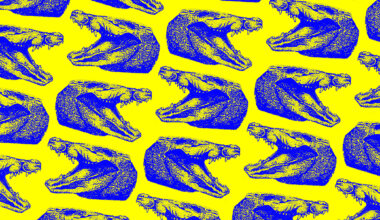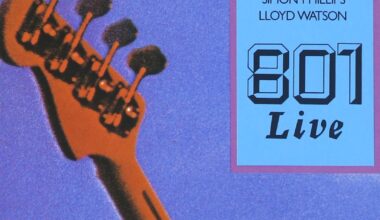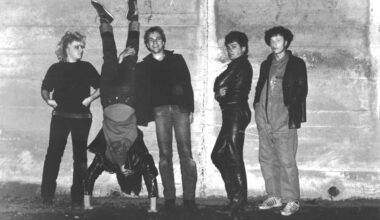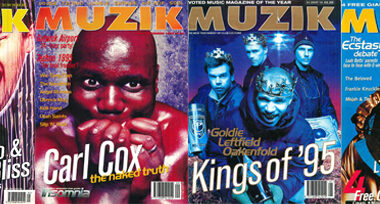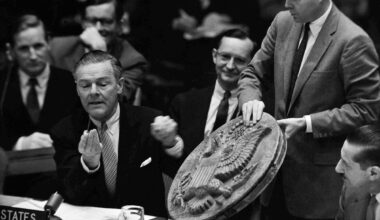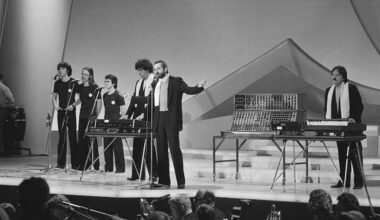In the summer of 1995, a new club night opened in a lost corner of east London. We join Goldie for a trip back to his groundbreaking Metalheadz Sunday Sessions at the Blue Note in Hoxton Square
Want to read more?
Sign up to Electronic Sound Premium to gain access to every post, video, special offers, and more. 100%, all you can eat, no commitment, cancel any time.
Already a premium member? Log in here
